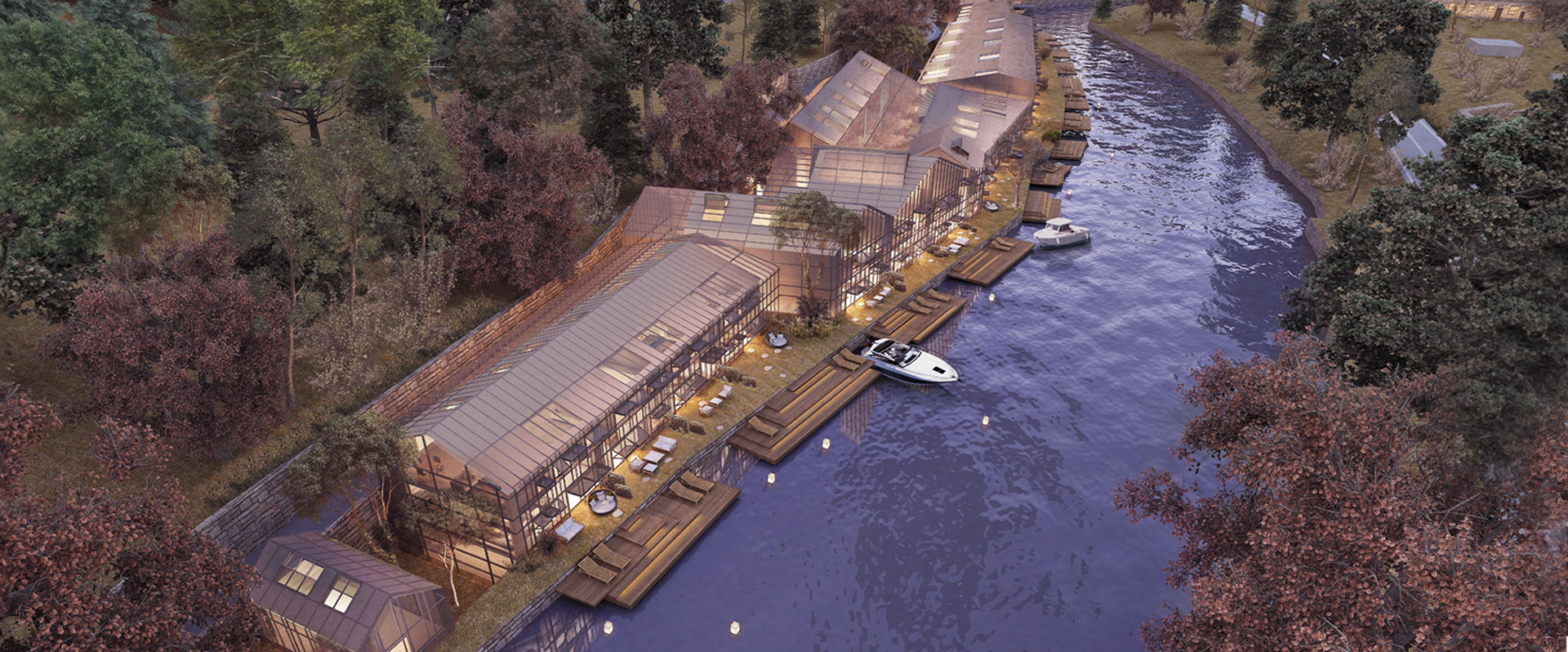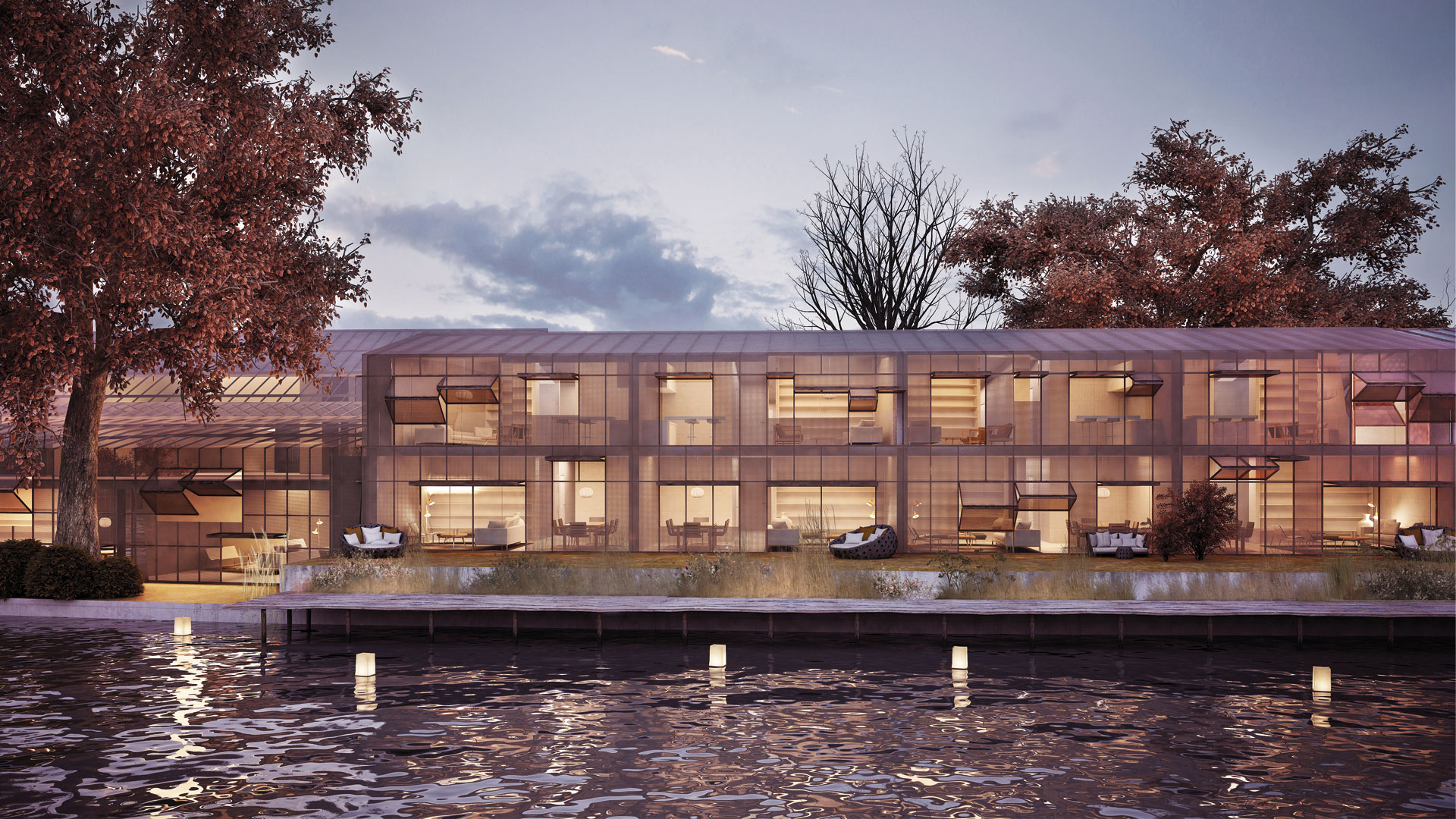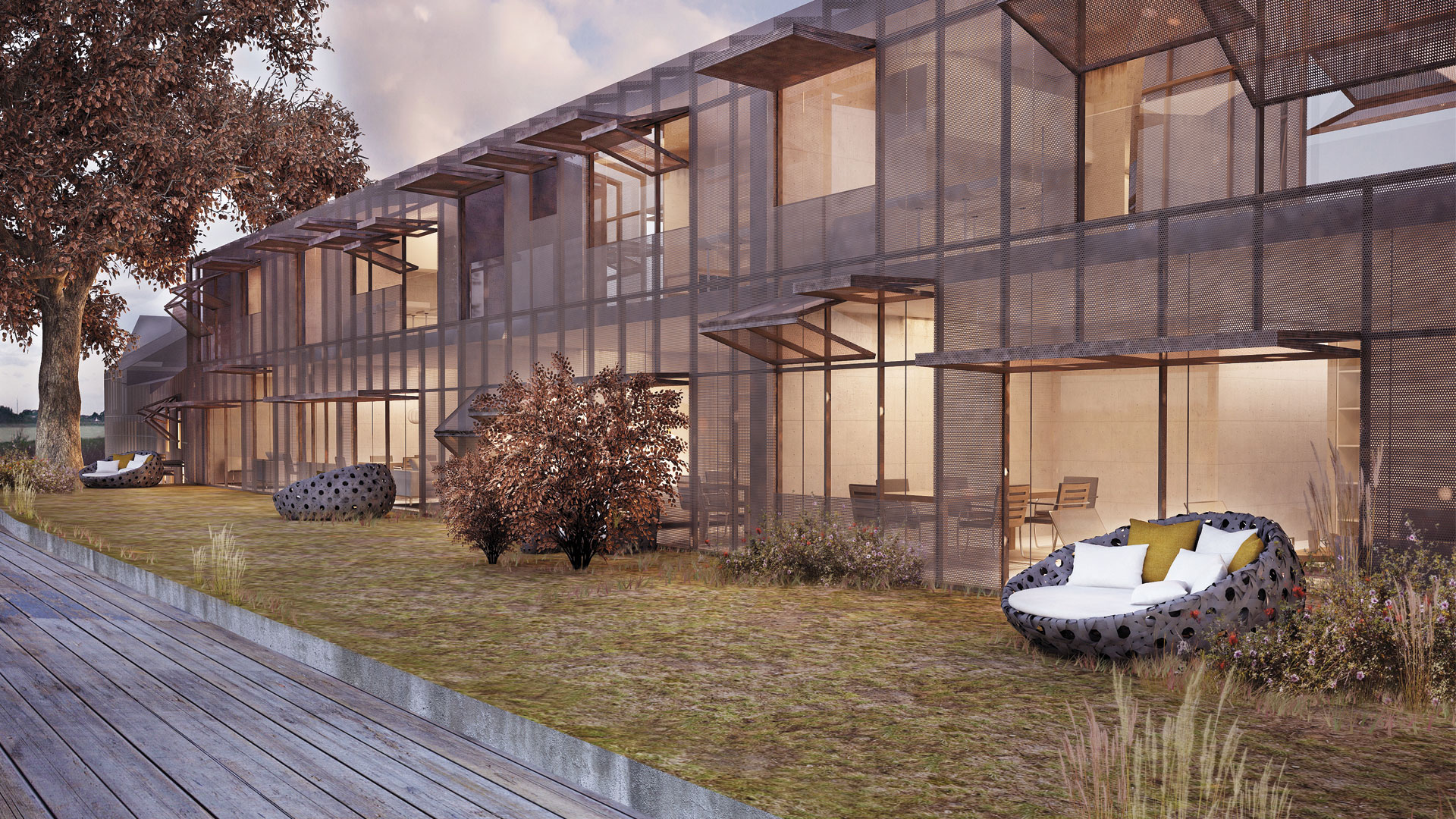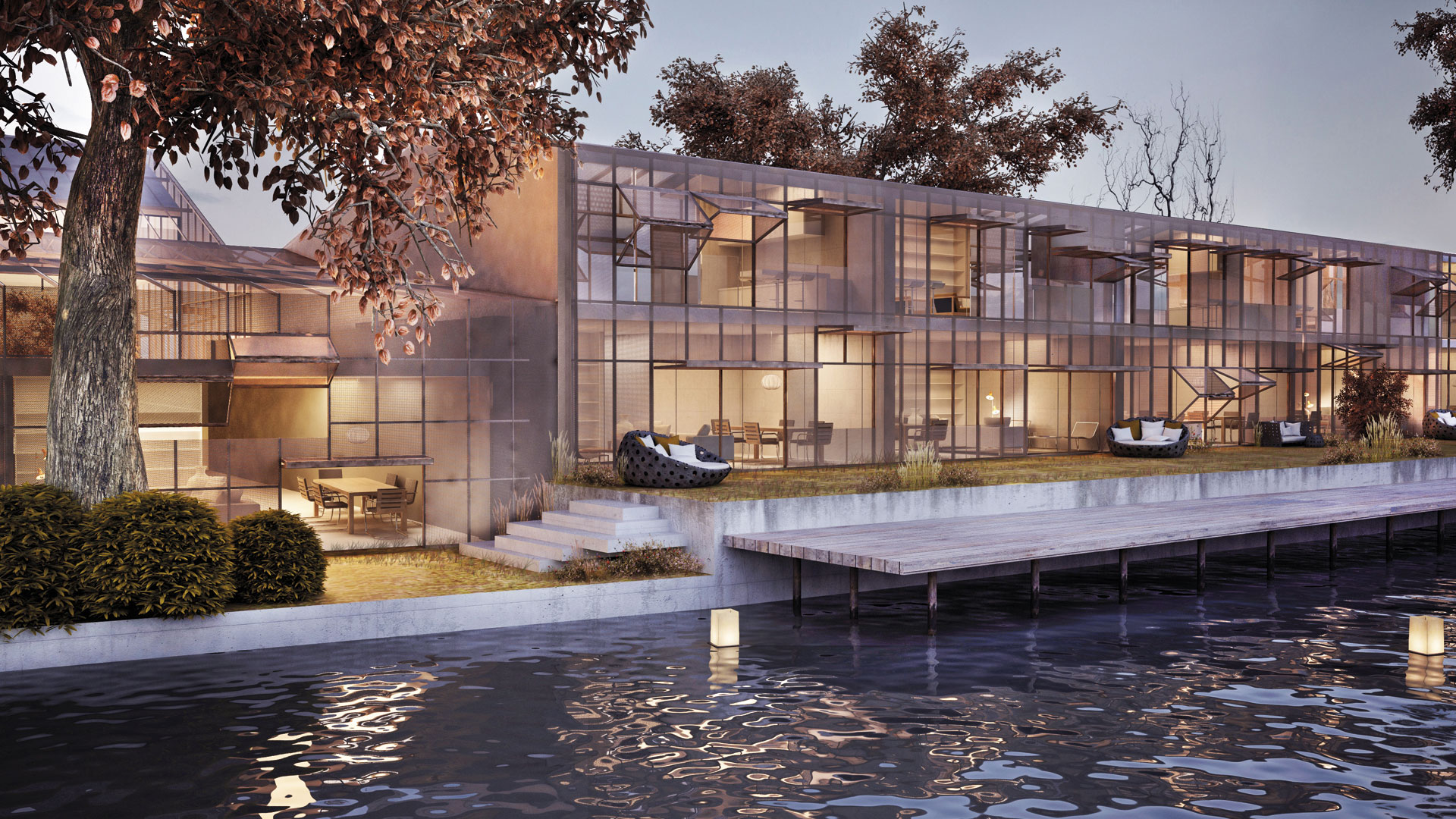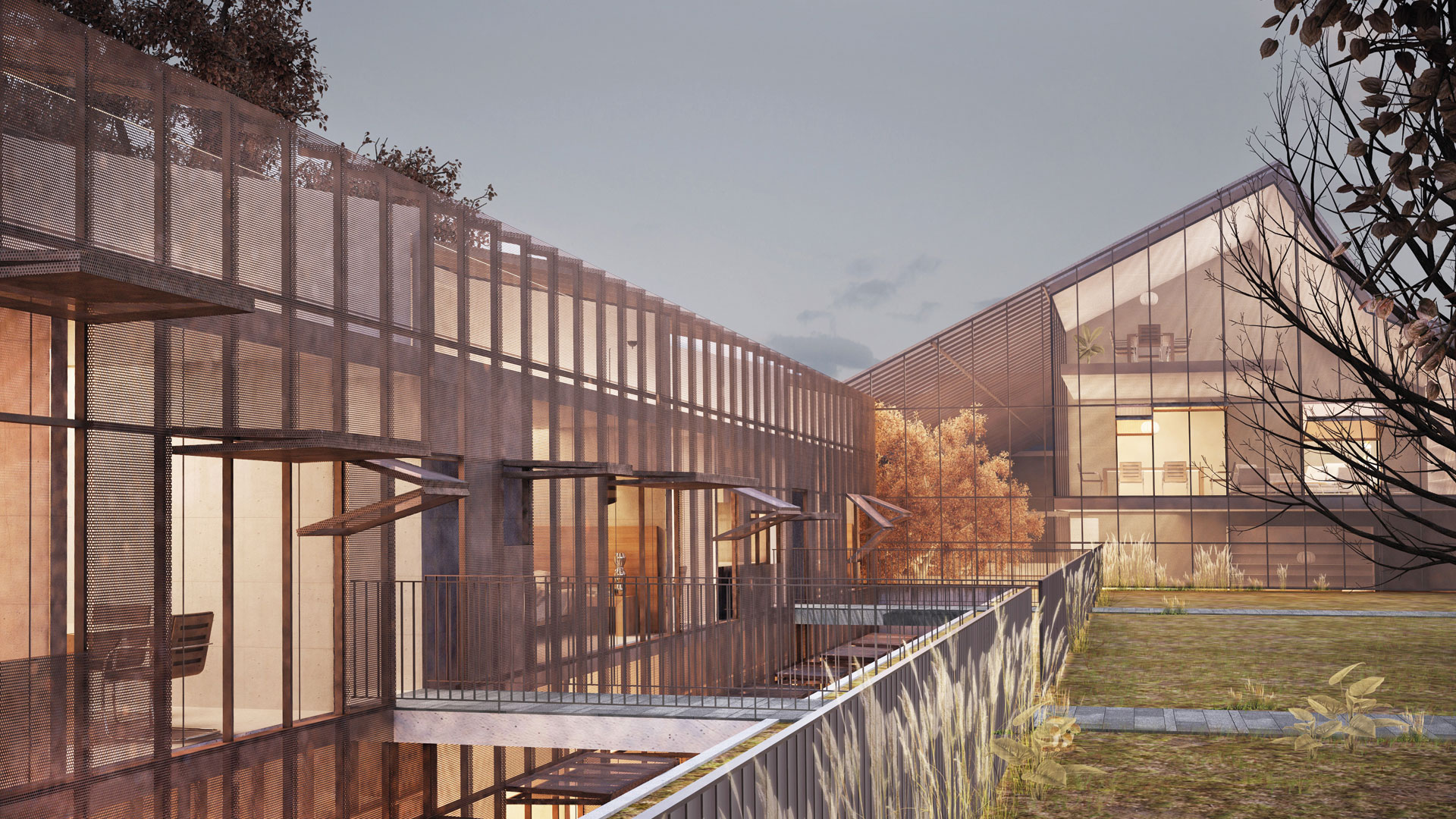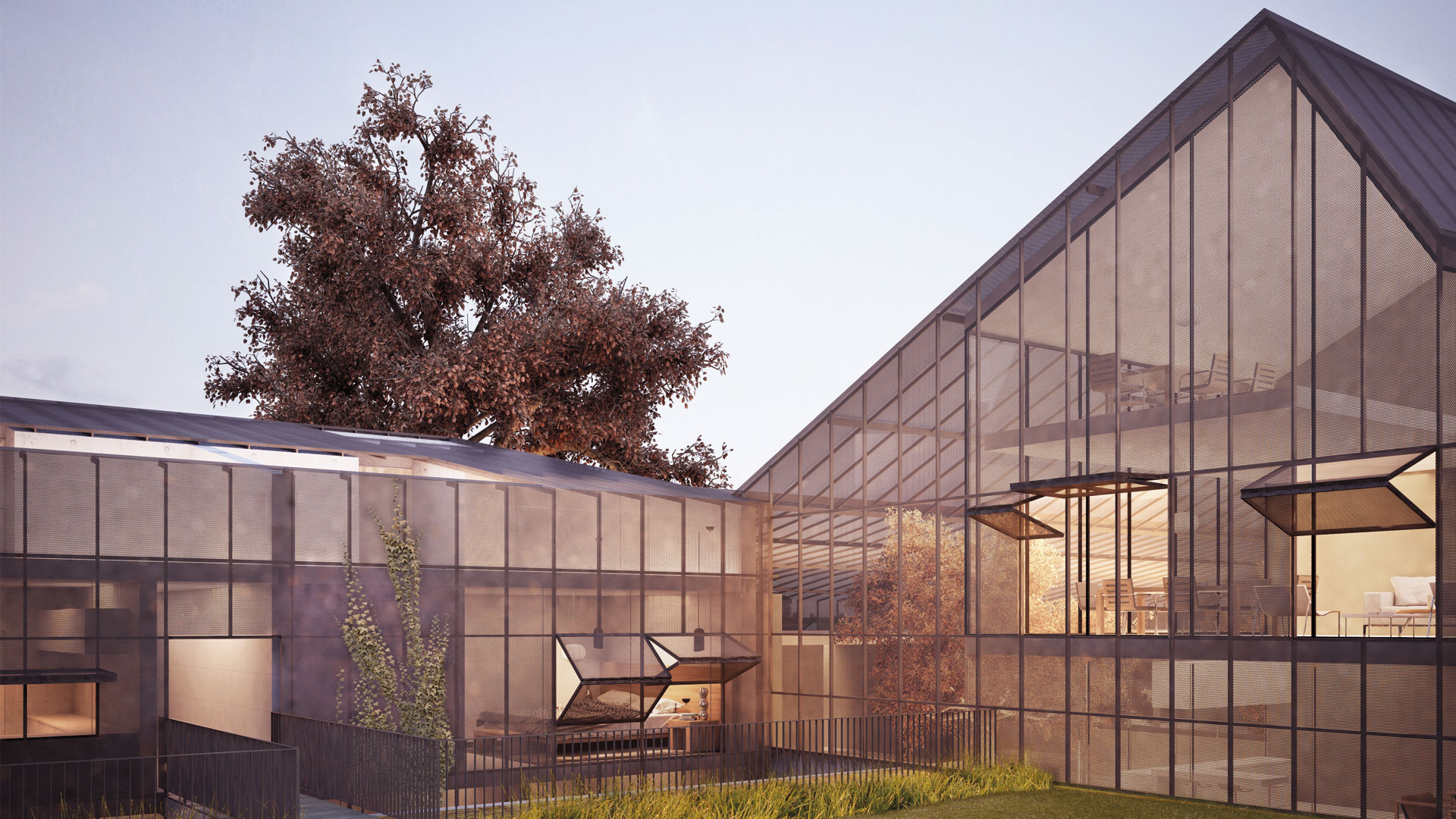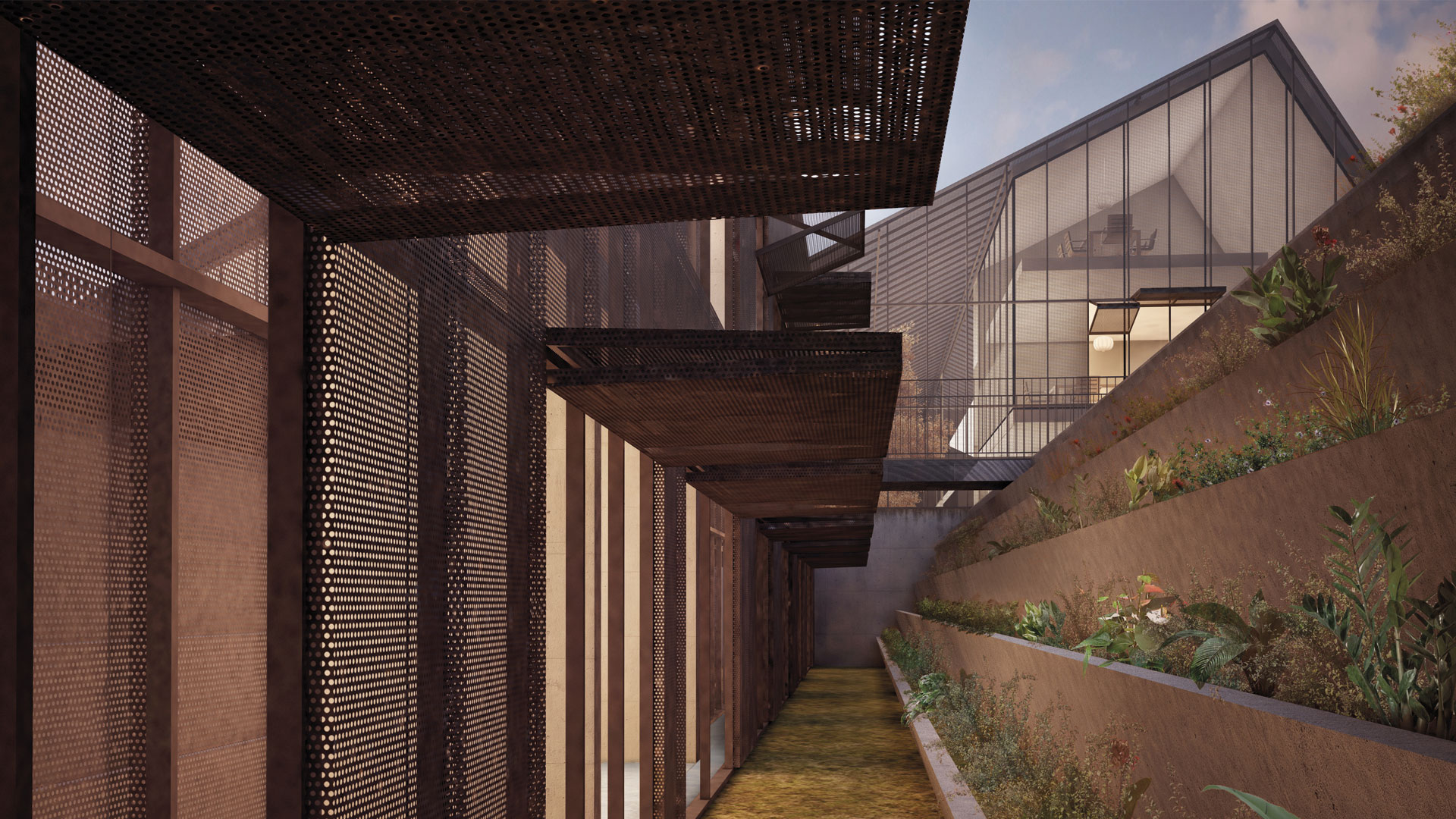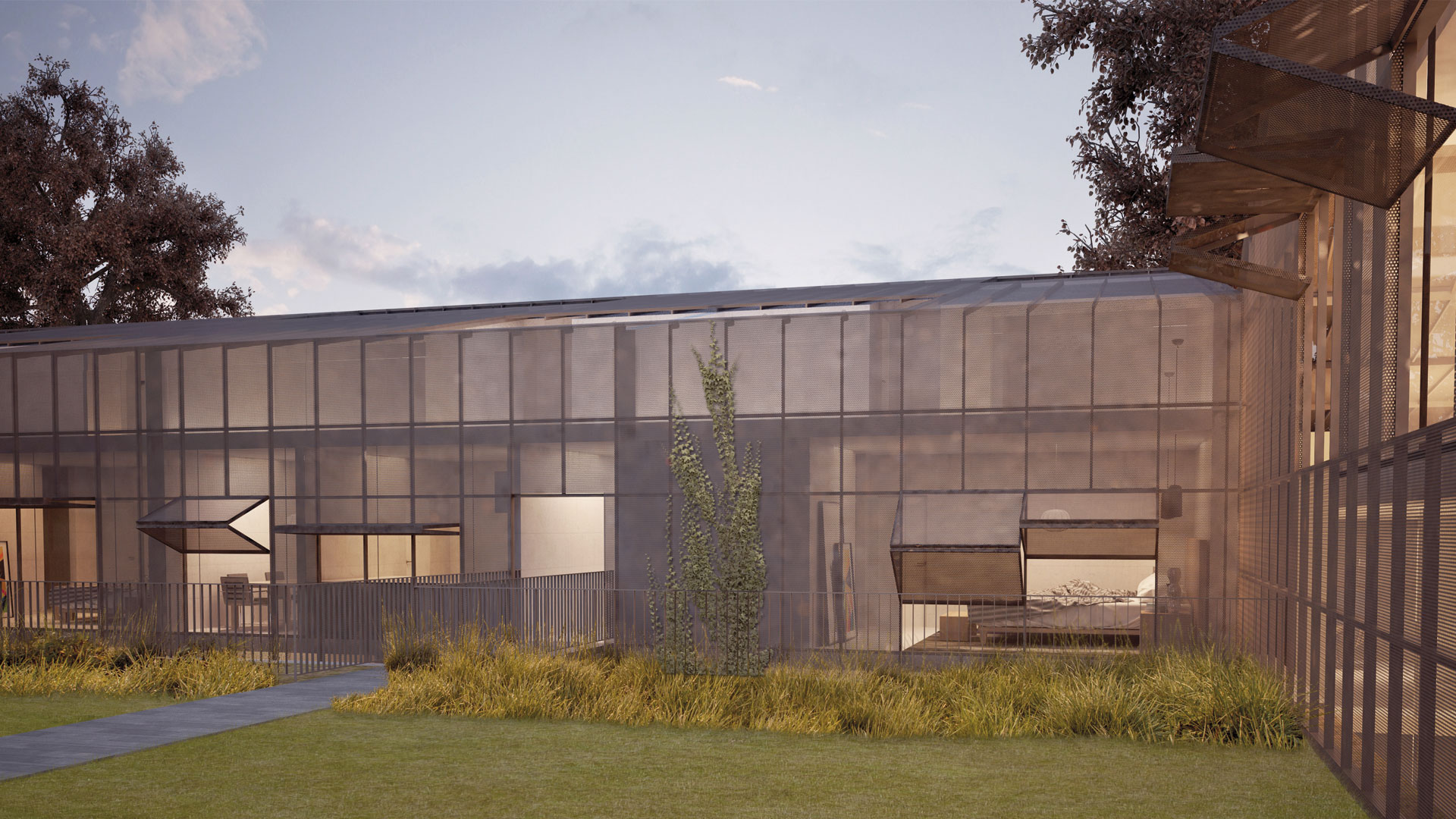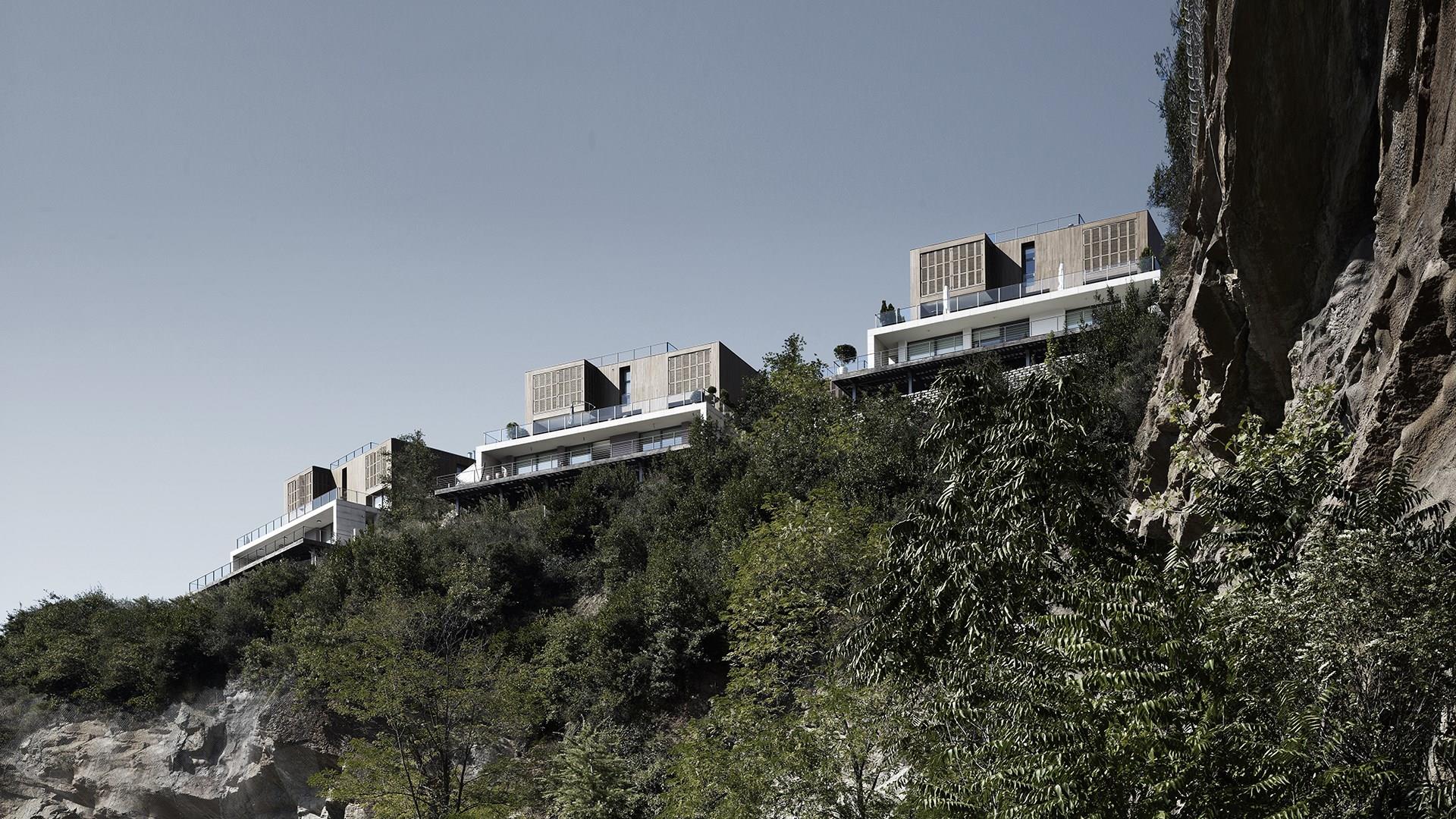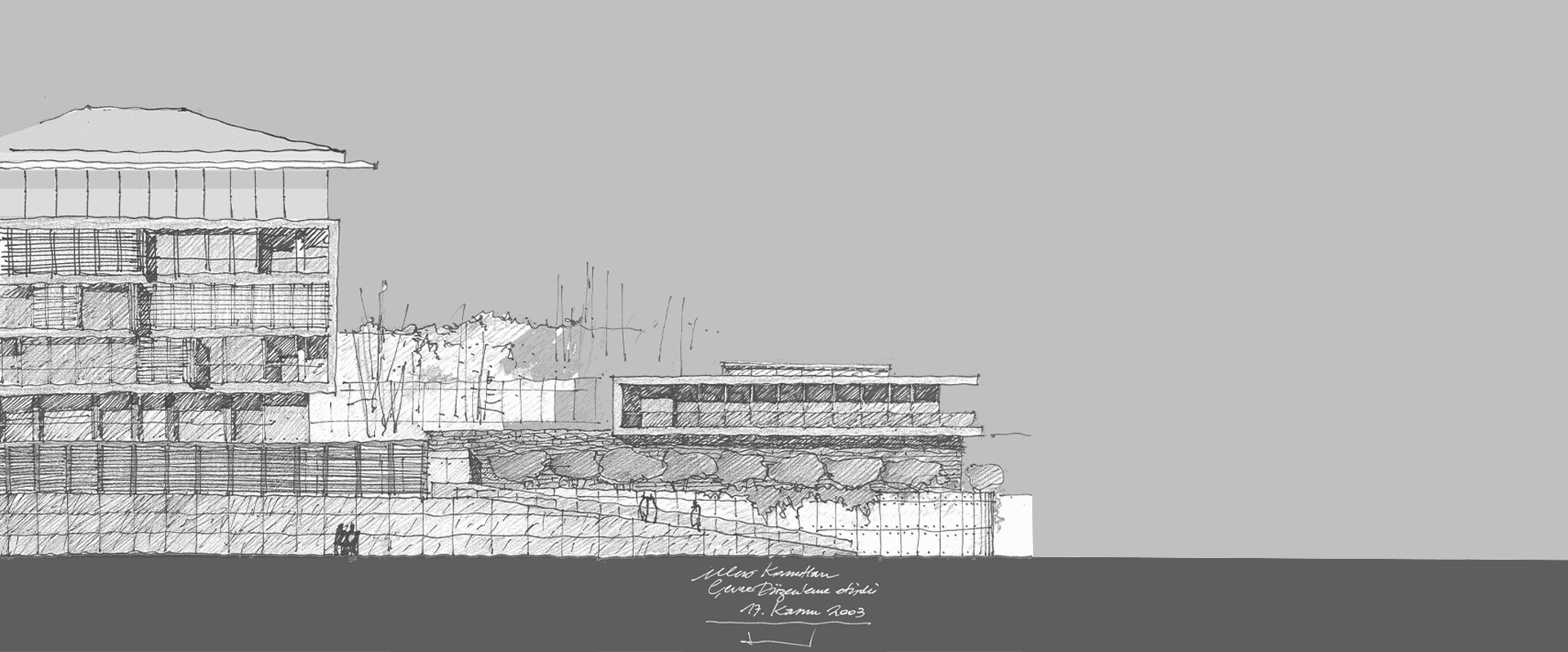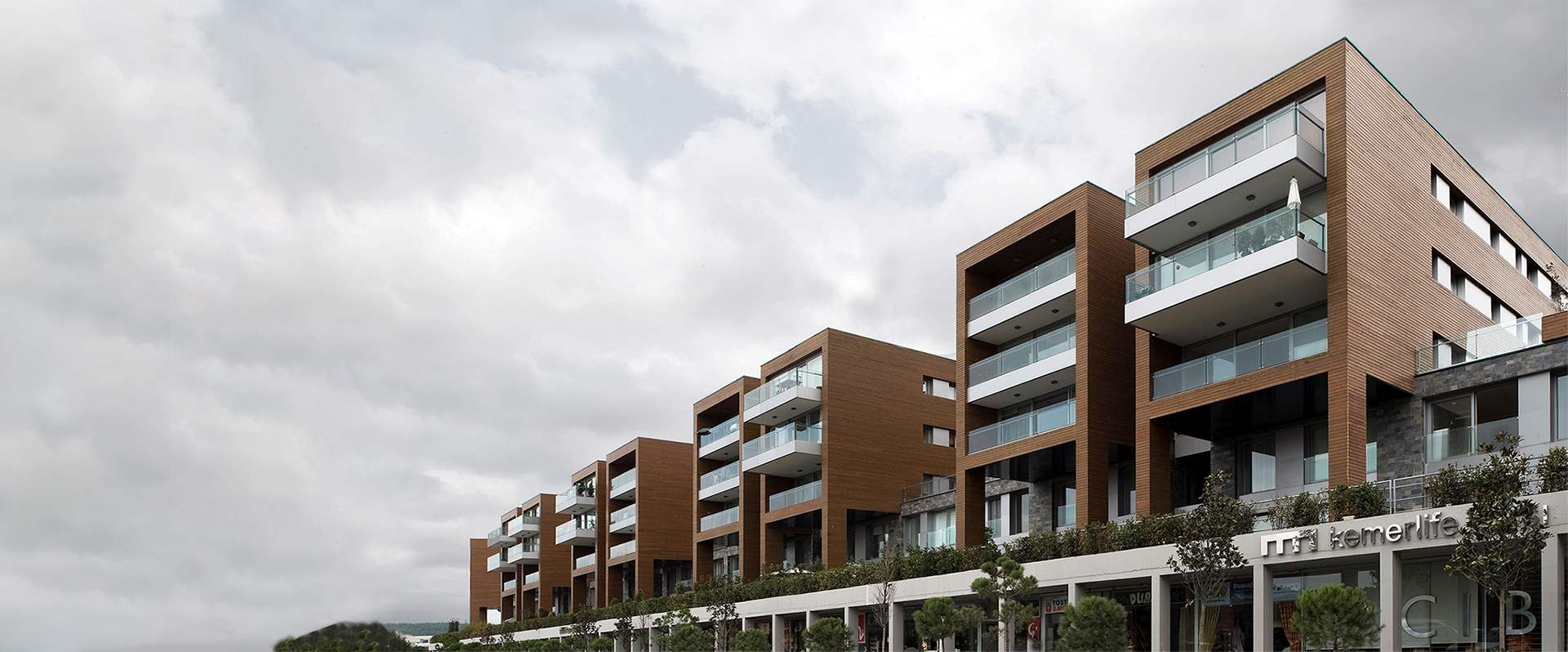Most of the buildings that were built as part of the industrial investment, considered as one of the essential elements of the nationwide development plan following the foundation of Turkish Republic, are long gone by today.Most of the large and small units of Istanbul Coton and Hemp Factory, which was built in 1933 on the shores of Goksu River, an area which at that time was a kind of summer resort, and continued production till 2005 in spiteof some temporary interruptions, remained intact.
As they were highly worn out hence generating an environmental mess with their inaction, the regeneration of these buildings through re-functioning in order to incorporate them with the area was the main aim of this project.
In the context of the cultural background formed in our practice by the methods and approaches used during the design of similar regeneration projects previously, an in depth and multi-layered analytical research has been executed for the project.During the initial phase of the design studies along with a comprehensive written and oral historical investigation, a detailed evaluation was also performed on the existing state and constraints of the buildings. Simultaneously, the transformation that the compound has been subject to in physical and sociological context together withthe significant variations that came out in time were all documented via scientific restoration methods. On one hand the physical deformation that the buildings were subject to,asit wasin use for some eighty years, on the other the spatial furnishings required with their recently assigned functions, were determined as the important criteria of the project.
All of such detailed analysis revealed that,;a significant portion of the buildings in the compound could not be used with their existing conditions, except for a few examples that were constructed with a technologically different method.The new design strategy which was developed in this sense,formed around an aim that the buildings to be renovated substantially however as a basic approach that the new texture to sustain the existing aura as much possible.With the engagement of the updated functions, how and to what extend should the industrial aura that was formed in years and is highly valued by the design team could be preserved were determined as significant enquiries.
The exterior forms and dimensions of the residences, recreation areas and some structures that are utilized as a small scale hotel were kept as they exist. On the other hand the vertical, horizontal and declined surfaces and all interior spaces of this texture which forms a highly informal complexity were re-designed according to the requirements of the buildings.The external surfaces which were all rendered into double layered facades were handled with an abstract approach and organized withfurnishings conditioned by the function of each surface’s location. In addition to this, the new galleries formed in the interior spaces enabled day light and ventilation to penetrate into the depths of the structure, as well as providing open and semi-open alternative possibilities of use.


